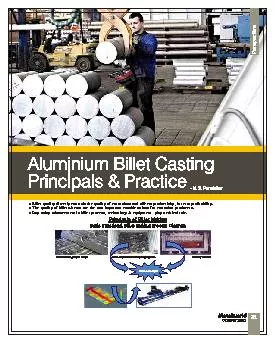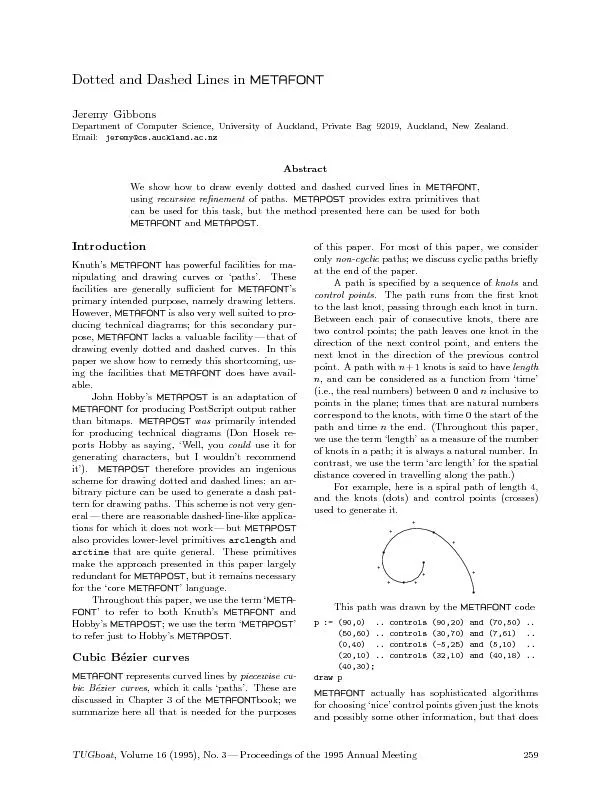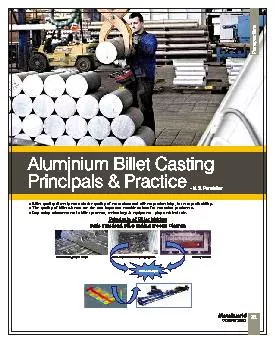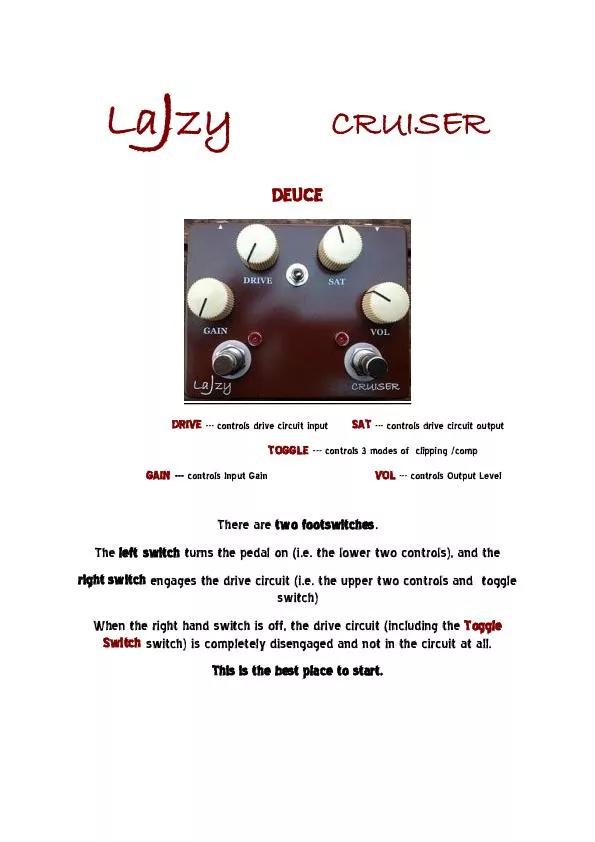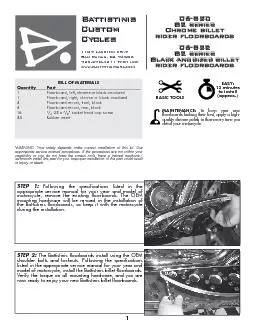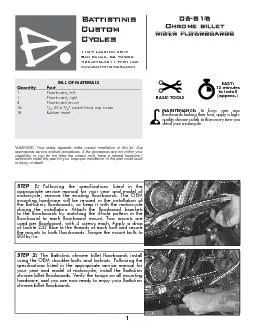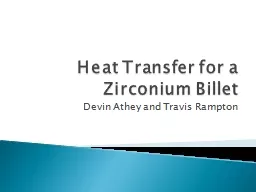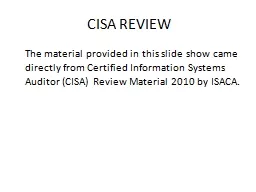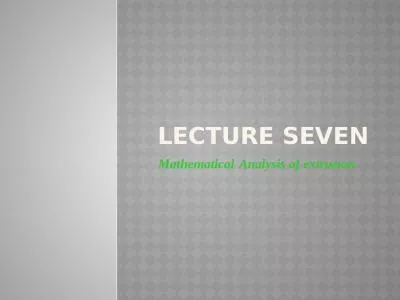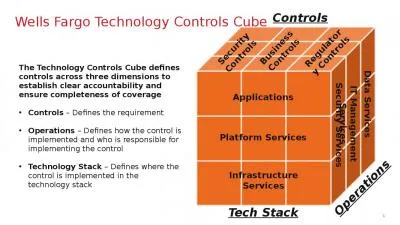PDF-Billet quality directly controls the quality of extrus
Author : danika-pritchard | Published Date : 2015-05-05
The quality of billets cost are the two important considerations for extrusion producers Day today advancement in billet process technology equipment plays critical
Presentation Embed Code
Download Presentation
Download Presentation The PPT/PDF document "Billet quality directly controls the qua..." is the property of its rightful owner. Permission is granted to download and print the materials on this website for personal, non-commercial use only, and to display it on your personal computer provided you do not modify the materials and that you retain all copyright notices contained in the materials. By downloading content from our website, you accept the terms of this agreement.
Billet quality directly controls the quality of extrus: Transcript
Download Rules Of Document
"Billet quality directly controls the quality of extrus"The content belongs to its owner. You may download and print it for personal use, without modification, and keep all copyright notices. By downloading, you agree to these terms.
Related Documents

